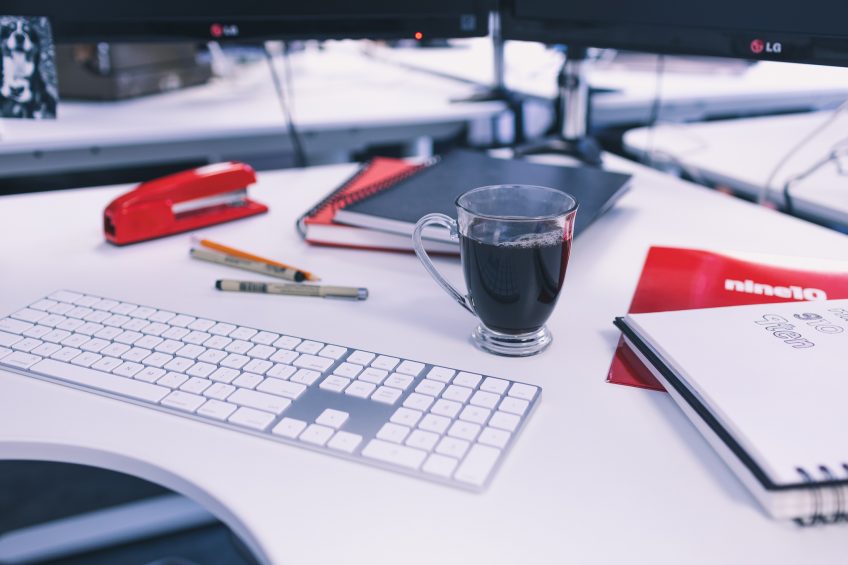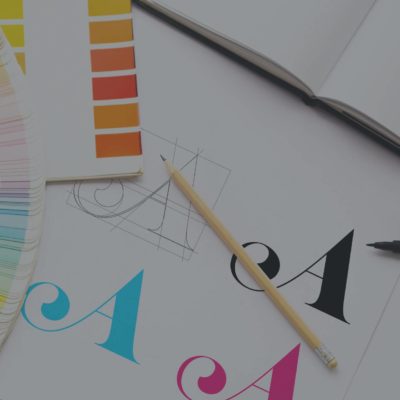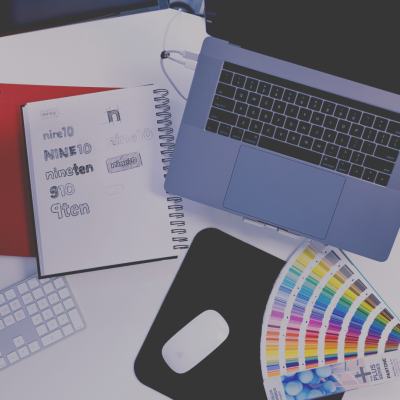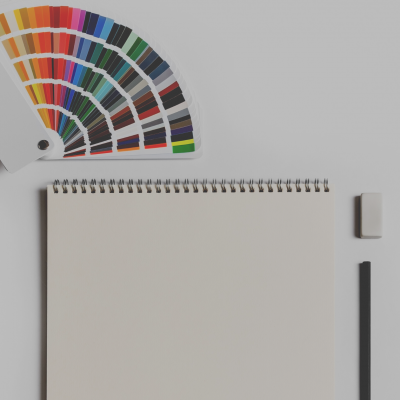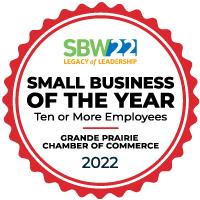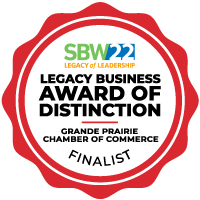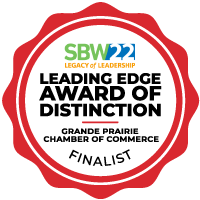Designers get very elitist when it comes to the design craft (I’m sorry peeps, it’s true). Full disclosure, I am a designer — so I get to say that — and the fact that I have a designer brain means I can share some insight into the creative process.
At nine10 we strive to do a couple of things: create approachable designs and educate you, the client, on your design and how to use it in the real world. In other words, we want to make design accessible to you.
The difference between accessible design and making design accessible
- Creating accessible design means creating logos, websites, marketing materials, etc that are user-friendly, readable, what you want, and of course what will attract the correct audience.
- Making design more accessible is the process of helping you understand the importance of our design decisions. It offers tools to help you succeed in making your own design decisions when necessary.
Two Things Designers Consider When Being Design-y
The choices designers make when creating a logo or building a website can seem random and sometimes unnecessary. We get this. The thing is, a lot of thought goes into those choices as it makes the design unique and functional for both you and your audience.
The first thing designers need to consider when creating a logo is the requirements and desires of you, the client. Generally, the company name, ideas on colours, or desired symbolism come from meeting with you. Maybe you’d prefer to leave much of the design decisions up to the designer, others have more developed ideas of what they want to see. Either is okay.
The second is the external audience. Who will see this logo the most, where will it be seen, what kind of customers does the client want to attract, why would anyone need the product, when would they need it most, will this logo be placed on trucks throughout town, and so on. These are just (extra emphasis on the just) a few questions that guide our decisions when it comes to design.
The answers to these questions inform much of our process. If a logo will be placed on trucks, then the design should use a bold, clean font that can be seen and read from a distance. Another example question we might ask is if the business has a calming, gentle atmosphere. If yes, then choosing soft colours and delicate fonts will help showcase that vibe and draw the correct customers in. If not, then we want to reflect the accurate atmosphere in our design.
And guess what! We use your answers to ensure that our designs are functional, practical, and specific to you.
Why We Educate Clients About Our Designs
Leave it to the professionals. You’ll hear that in almost every industry. As a marketing agency, we agree: certain aspects of branding and web design require professionals to execute well.
Sometimes that’s not an option, we get it.
Part of empowering you means ensuring you understand the design and the creative process that brought us to said design. This allows you to create internal designs that retain consistent branding on your own.
Making design accessible also means providing multiple colour options with our logo packages so that your logo stays consistent no matter the medium. Our Canva packages include templates that give you the opportunity to create their own social media graphics or posters when necessary. When building websites we provide training and education so that you have the power to make changes and updates as desired.
It’s like having a vehicle. You can check the oil, replace fluids, check the tire pressure and keep it generally maintained. But are you going to try and replace the engine? No, you’d leave that to a professional. (Unless you are a professional: then, by all means, go for it.)
Okay. So. Remind Me Why That’s Important?
I always love to geek out and share my passion for design with other creatives. However, another thing I want to do is explain the importance of design to you, our client. The more we can share with you the better equipped you are to use the tools we have created for you.
We want you to understand that using professionals is important. At the same time, we also want you to own the designs we create — they’re for you after all! Educating you as much as possible along the way is part of this process. One we want to continue so that your business or service can have a beautiful, cohesive brand even if it spans between our work and yours.

